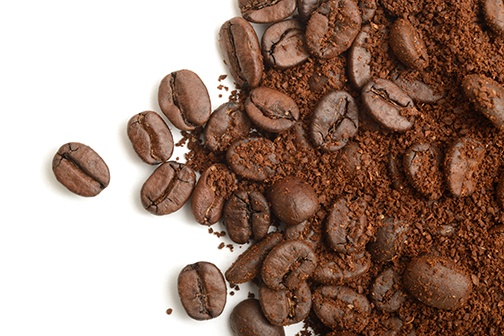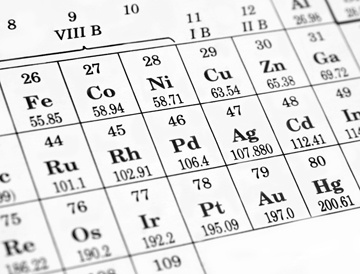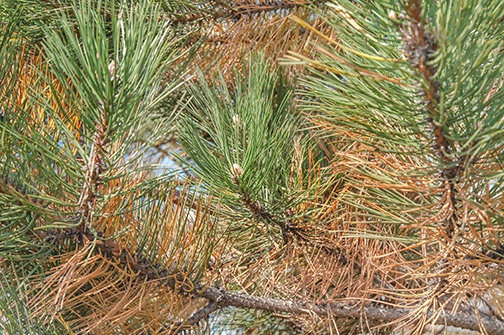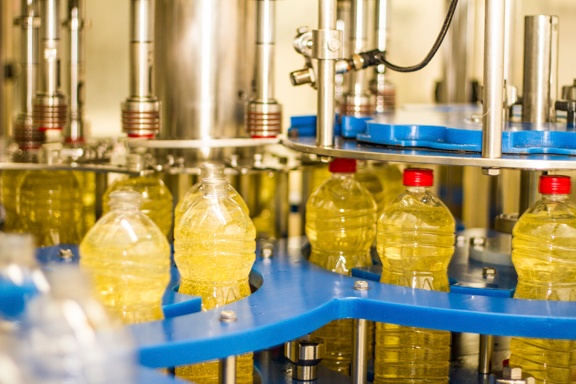For many cappuccino and latte lovers, the ideal coffee coupling consists of a warm microfoam meticulously mingled with a favorite coffee. And, a seemingly magical dose of microfoam is at the crux of latte art for coffee aficionados. But, can foam and coffee work together to remedy water pollution problems? A new study reveals how coffee and foam can function in concert to divorce destructive chemicals, such as mercury, from polluted water.
The study, published in ACS Sustainable Chemistry & Engineering, explained how researchers from the American Chemical Society used spent coffee grounds and bioelastomeric foam to remediate water. The foam, infused with expended coffee grounds, performed as a filter. Water is deemed remediated when pollutants are eliminated so it is safely consumable for people to drink.
Read More





 Researchers have turned coffee grounds into a spongy filter that absorbs heavy metals from water. The filter, which was described in the September 2016 issue of the American Chemical Society's journal
Researchers have turned coffee grounds into a spongy filter that absorbs heavy metals from water. The filter, which was described in the September 2016 issue of the American Chemical Society's journal  Quartz magazine recently listed its most underrated scientific breakthroughs of 2017. In addition to a pill that treats mental illness with built-in data tracking, floating wind farms, the oldest ice core ever drilled out of Antarctica and the emergence of lab made clothing, was an interesting tidbit about scientists watching two neutron stars collide for the first time. The discovery, by scientists from Laser Interferometer Gravitational-wave Observatory (LIGO), suggests that we are all made of elements created in stars.
Quartz magazine recently listed its most underrated scientific breakthroughs of 2017. In addition to a pill that treats mental illness with built-in data tracking, floating wind farms, the oldest ice core ever drilled out of Antarctica and the emergence of lab made clothing, was an interesting tidbit about scientists watching two neutron stars collide for the first time. The discovery, by scientists from Laser Interferometer Gravitational-wave Observatory (LIGO), suggests that we are all made of elements created in stars.

